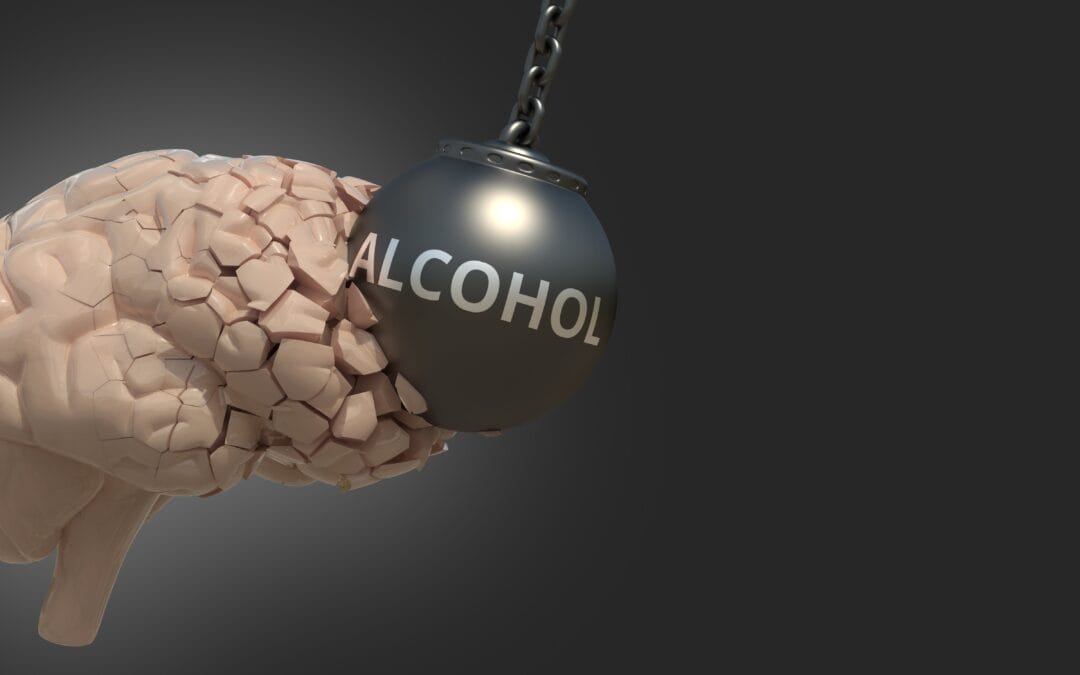Midwest Recovery Centers Blog

Why Do I Feel Depressed for No Reason?
Experiencing depression without an apparent reason can be overwhelming and confusing, but there are steps to take to cope and get support.

Does Depression Make You Tired?
If you’re dealing with depression, you may find that you feel both mentally and physically exhausted no matter how much rest you get or feel you’re getting.

Can Depression Be Cured?
Depression is typically viewed as a chronic condition, meaning that while it can’t be cured necessarily, it can be treated and well-managed to where your symptoms don’t interfere with your life.

Does Anxiety Run in Families?
There is evidence that anxiety can run in families or that there is a genetic component, but there are many other factors that contribute to these mental health disorders.

7 Benefits of Living a Sober Life
Living a sober life has advantages that extend beyond the absence of alcohol or substance use. Embracing sobriety can lead to profound positive transformations, both physically and mentally.

Can You Get Brain Damage from Drugs?
Certain drugs can potentially cause brain damage, especially in situations of heavy or prolonged use. The extent of the damage depends on individual factors.

10 Common Signs and Symptoms of Cocaine Addiction
It’s possible to abuse cocaine and not be addicted. Addiction is a diagnosable disease based on a set of specific criteria. The following are some of the requirements and signs of cocaine addiction.

The Dangers of THC-O Consumption
There are several risks associated with synthetic marijuana products, and they are not considered a “safe” alternative to any substance.

Is It Possible to Develop a Heroin Addiction After the First Use?
It’s not expected to become addicted to heroin after using it once, but again, the risk of addiction depends on the person, their genetics, mental health, and their social environment.

Pharmacogenomics (PGx) at Midwest Recovery Centers
At Midwest Recovery Centers, mental health care and addiction treatment are evidence-based. One clinically proven way that we offer evidence-based care is through pharmacogenomics or PGx.

